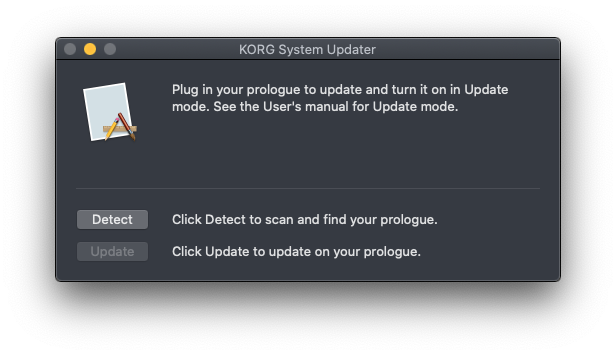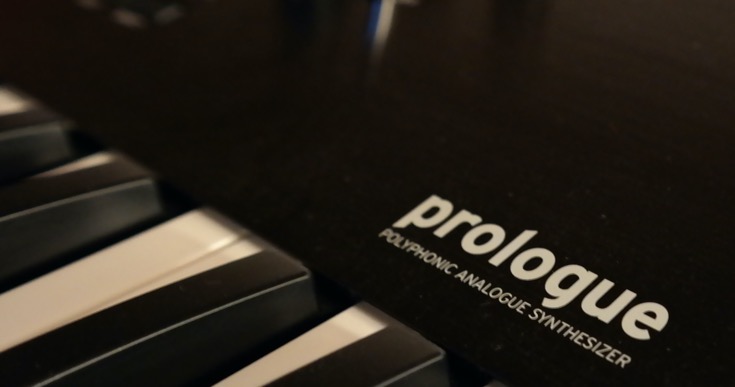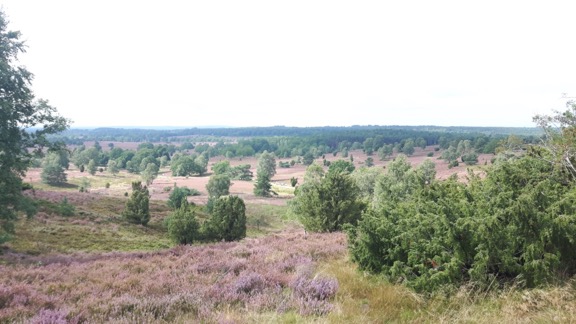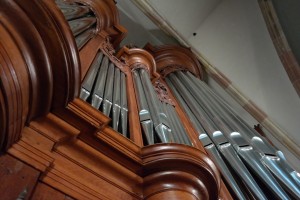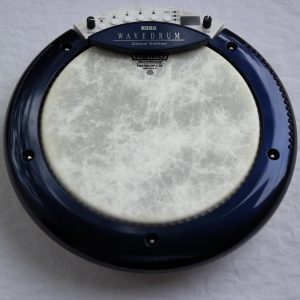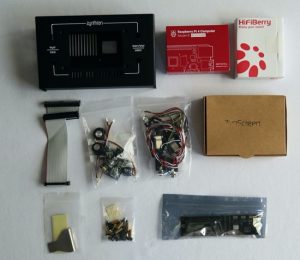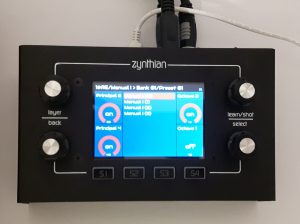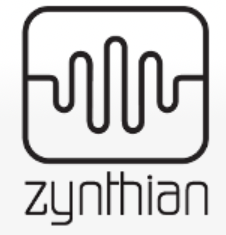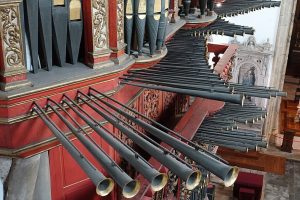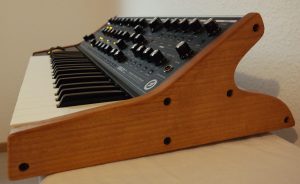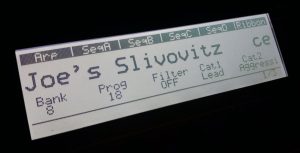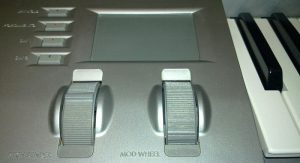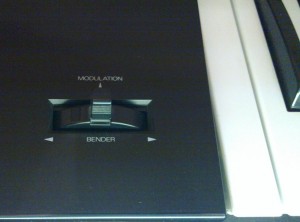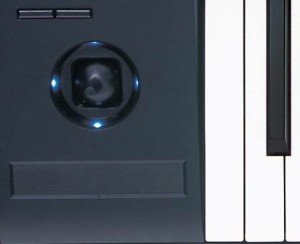
Mit Lübeck, das schon lange auf meiner Liste steht, verbindet man einiges: Hansestadt, Holstentor, Marzipan, Gänge und Höfe, Literatur- und Musikzentrum. Wer nur wenig Zeit hat, stürmt am besten durch das Holstentor direkt zur Kultur- und Universitätkirche St. Petri, um die Stadt aus der Vogelperspektive zu bestaunen. Allerdings ist die Stadt Einheimischen zufolge heuer coronabedingt stark überlaufen. Man sollte daher bis zu einer Stunde Wartezeit mitbringen, es sei denn, man kann schon kurz vor Öffnung um 11h vor Ort sein. Ähnliches gilt für das Hansemuseum. Auf halber Höhe der Zugangstreppe steht ein Schild mit der sinngemäßen Aufschrift »Ab hier weniger als eine Stunde Wartezeit«.
Wer genug Zeit mitbringt, wird auf der Altstadtinsel die vielen historischen Backsteinbauwerke, die sich im Laufe der Jahrhunderte enorm gesetzt haben, bewundern, Kirchen und Museen besichtigen und sich über die zahllosen Restaurants und Cafes freuen.
Für mich ist natürlich die Marienkirche als Wirkstätte von Franz Tunder und Dieterich Buxtehude von besonderem Interesse. Am Donnerstag spielte deren Nachfolger Johannes Unger auf der Hauptorgel von Kemper Werke von Rheinberger, Schumann und Liszt, darunter »Fantasia und Fuge über B-A-C-H«. Das Programm war somit stark durch die Romantik geprägt.
Am Freitag spielte Arvid Gast an den beiden Orgeln der Jakobikirche ein Programm mit Werken von Buxtehude, Bach, Danksagmüller, Dupré und Vierne. Ein schöner Abschluss, bevor es mich am Samstag wieder gen Süden zieht. Von der Lübecker Altstadt war ich angenehm überrascht. Natürlich informiert man sich schon vor dem Besuch, aber so schöne Städte hat Deutschland, nicht zuletzt kriegsbedingt, nicht viele zu bieten.
An diesem Wochenende kühlt es nach der Hitze der vergangenen Tage merklich ab und in mehreren Bundesländern enden die Sommerferien, was sich bis Hannover am Reiseverkehr bemerkbar machte.
Die Corona-Neuinfektionen erreichen wieder Werte vergleichbar mit April, Offenbach muss zu Gegenmaßnahmen greifen, da die kritische Infektionsgrenze erreicht ist und Reiseregionen in Kroatien werden zu Risikogebieten erklärt. Wir dürfen gespannt sein, wie sich das Infektionsgeschehen in den Herbst hinein weiter entwickeln wird.
